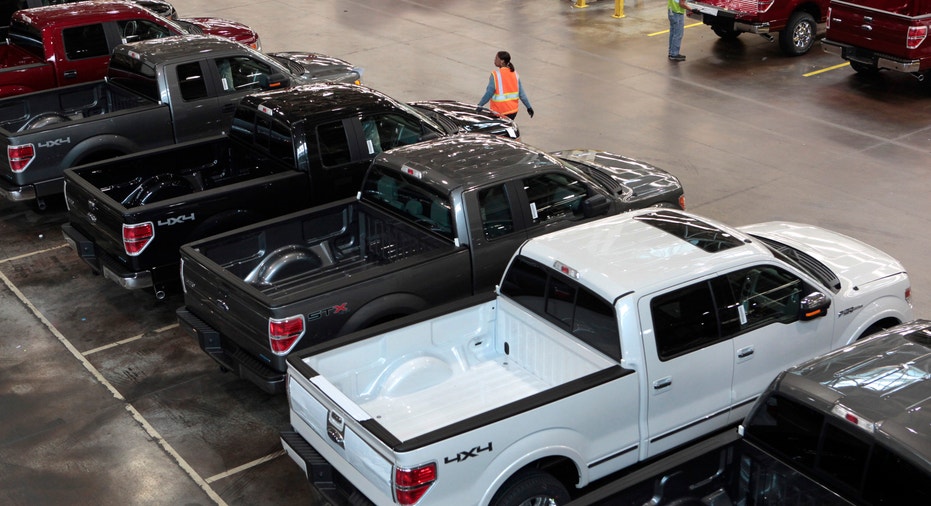Auto sales get a boost from Memorial Day discounts

Updated
Consumers capitalized on Memorial Day deals for trucks and sport-utility vehicles, driving U.S. auto sales that remained mostly flat in May.
Detroit’s Big Three reported mixed results on Thursday, as Ford (NYSE:F) beat expectations with a 2.2% increase in sales compared to May 2016, thanks in part to F-Series truck sales that posted their best May in 13 years. General Motors (NYSE:GM), the nation’s largest automaker by sales, booked a 1.3% decline in the latest month. Fiat Chrysler’s (NYSE:FCAU) sales slipped about 1%.
Elsewhere, Honda (NYSE:HMC) reported a 1% improvement in May sales, noting that SUVs led the way. Toyota (NYSE:TM) sales edged 0.5% lower, and Nissan’s sales jumped 3% on record demand for its trucks and crossovers.
The industry combined to sell nearly 1.52 million new vehicles in May, according to a tally by Autodata. Sales were down 0.5% compared to the same month last year, continuing a streak of sales declines in 2017.
Automakers have grappled with softer consumer demand this year, prompting them to offer steeper discounts and reduce production of slow-selling small cars.
“While demand for new vehicles is still relatively strong, it’s a bit of smoke and mirrors. Dealers and OEMs really pushed the deals over the holiday weekend to prop up their May numbers,” Jessica Caldwell, executive director of industry analysis at Edmunds, said in an email. “Incentives were up sharply, and it seems automakers are putting more cash on the hood to nudge car shoppers to buy versus lease.”
According to Edmunds data, finance incentives rose 33% year-over-year in May, while lease incentives were up 28%. Cash discounts climbed 18%.
While attempting to spark retail sales to consumers, some manufacturers have sought to cut back on less-profitable sales to fleets. GM said its rental sales were down 36%. Its retail sales showed a modest improvement of 0.4%.
GM continues to pull back its production activity, confirming on Thursday that it will eliminate one of two shifts at a transmission factory in Warren, Mich. The move follows earlier production cuts that targeted passenger cars, which have lost significant market share in the U.S. amid a shift to crossovers.
Michelle Krebs, executive analyst for Autotrader, said automakers will likely make more adjustments to their factory output with sales moderating. Still, forecasts call for full-year sales of around 17 million vehicles in the U.S., which would reflect another strong year. In 2016, automakers sold a record 17.55 million vehicles.
“We’ve seen seven years of growth, so the comparisons are going to get tougher,” Krebs said, adding that Autotrader expects a strong second half to 2017. “I hear a lot about sales collapsing. That’s not the case.”
Slower sales haven’t prevented car companies from earning hefty profits. Trucks and SUVs, which now account for a majority of new sales, generate better returns. Reducing some fleet sales have also helped manufacturers focus on their bottom lines. In the first quarter, GM’s earnings soared 33% to $2.6 billion, largely due to its sales of trucks and SUVs in North America.



















